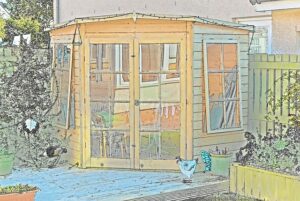In Riverina NSW, farm sheds are critical for sustainable livestock operations. These structures have evolved with advanced technologies that enhance animal welfare and efficiency, such as automated feeding systems, climate control to maintain optimal conditions, and IoT technology for remote monitoring and AI analytics for informed decision-making. Case studies from the region demonstrate the significant benefits of investing in tailored farm sheds that address Riverina's unique environmental challenges and livestock needs, leading to improved animal health, productivity, and resource management, as well as cost savings and reduced ecological impact. The integration of modern innovations with traditional farming methods positions Riverina farms at the forefront of sustainable agricultural practices.
Explore the definitive guide to premier farm sheds in Riverina NSW, where agriculture thrives amidst fertile plains. This article delves into the optimal livestock shelter solutions tailored for the region’s diverse climate and terrain. We examine the durability and maintenance aspects of both steel and timber farm sheds, offering insights into material selection that stands the test of time. Additionally, we highlight design principles ensuring efficiency in livestock care and discuss how technological advancements are transforming Riverina’s farming landscapes. With case studies from successful implementations, this piece provides a comprehensive overview of best practices and lessons learned in farm shed innovation within this prolific agricultural hub.
- Overview of Premier Farm Sheds in Riverina NSW: A Comprehensive Guide
- Types of Livestock Sheds and Their Suitability for Riverina's Climate
- Material Considerations: Steel vs. Timber Farm Sheds for Durability and Maintenance
- Designing for Efficiency: Best Practices in Farm Shed Layout for Optimal Livestock Care
- Technological Integration: Automated Systems and Innovative Features in Modern Riverina Farm Sheds
- Case Studies: Successful Farm Shed Implementations and Lessons Learned in the Riverina Region
Overview of Premier Farm Sheds in Riverina NSW: A Comprehensive Guide

Riverina, New South Wales, is synonymous with agricultural prosperity, thanks in large part to the robust farm sheds that dot its vast and fertile landscape. These structures are more than mere storage units; they are the backbone of operations for many farmers, providing shelter and security for livestock, machinery, and supplies. Premier farm sheds in Riverina come in various designs, sizes, and materials to suit diverse farming needs, from dairy farms requiring spacious, well-ventilated structures to expansive grain storage facilities.
Selecting the right farm shed is crucial for optimal agricultural productivity. The best farm sheds in Riverina are engineered with durability in mind, constructed with high-quality materials that can withstand the region’s sometimes harsh weather conditions, including severe droughts and the occasional heavy rainfall. These structures not only protect assets but also contribute to the efficient management of livestock, ensuring their well-being and productivity. Additionally, the integration of modern farming technologies within these sheds enhances farm operations, from automated feeding systems to advanced climate control for sensitive equipment. For farmers in Riverina looking to invest in reliable, versatile, and long-lasting farm sheds, a comprehensive guide is essential. This guide will outline the various types of farm sheds available, the materials used, design considerations, and the leading shed suppliers in the region. It aims to empower farmers with the knowledge to make informed decisions that align with their specific farming requirements and contribute to the continued success of Riverina’s agricultural sector.
Types of Livestock Sheds and Their Suitability for Riverina's Climate
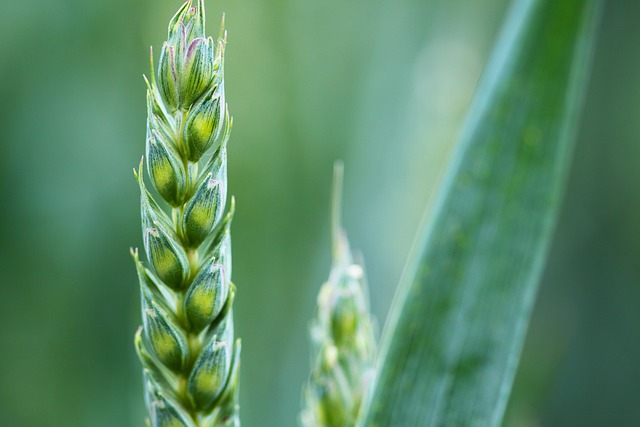
Riverina, New South Wales, is characterised by its diverse climates, ranging from semi-arid to irrigated agricultural areas. This variability necessitates farm sheds designed to withstand specific environmental conditions, ensuring the welfare and productivity of livestock under their care. In the Riverina region, there are three primary types of farm sheds: open-fronted sheds, fully enclosed sheds, and covered yards. Open-fronted sheds offer protection from the elements while allowing for ventilation, which is crucial in hot, arid conditions. These sheds can be complemented with shade sails or awnings to further protect livestock from the sun’s intense rays during the long, hot summers.
Fully enclosed sheds provide shelter from wind, rain, and extreme temperatures, which are often found in the more humid and wetter parts of Riverina. They are equipped with robust roofing, solid walls, and adequate insulation to maintain a comfortable environment for livestock. Additionally, these structures can be outfitted with energy-efficient lighting and natural ventilation systems to ensure animal comfort. Covered yards are particularly useful in managing large numbers of livestock, offering protection during stock handling, loading, and unloading processes. The choice between these types of sheds depends on the specific needs of the operation, the type of livestock, and the particular climate conditions experienced on the property. Regardless of the style chosen, materials such as galvanized steel or colorbond are preferred for their durability and ability to withstand corrosion from Riverina’s variable weather patterns. Ensuring that these sheds are designed with proper drainage and water run-off systems is also essential to maintain a dry and safe environment year-round.
Material Considerations: Steel vs. Timber Farm Sheds for Durability and Maintenance
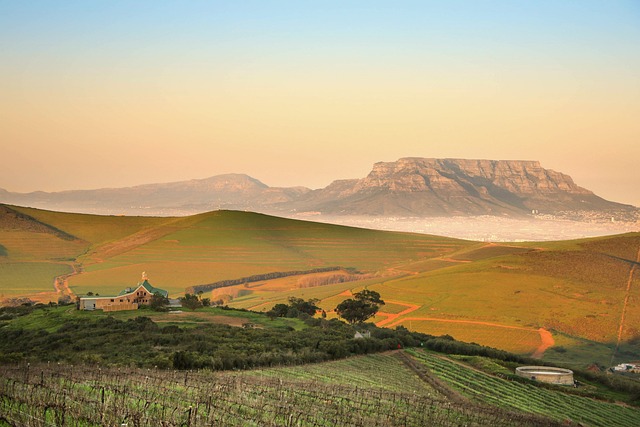
When selecting the optimal structure for livestock in Riverina NSW, the choice between steel and timber farm sheds is paramount, considering both durability and maintenance requirements. Steel farm sheds are renowned for their resilience against the harsh elements prevalent in Riverina’s climate. The robust nature of steel makes it less susceptible to the wear and tear caused by severe weather conditions, pests, and rust, a common issue with timber sheds. This durability minimizes long-term maintenance, as steel structures often require little more than occasional cleaning and touch-up painting on the exterior to maintain their integrity. Conversely, timber farm sheds bring a traditional appeal to the rural landscape, with their natural insulation properties offering a comfortable environment for livestock. However, timber requires regular upkeep, including painting or treating to protect against decay and pests, which can be more time-consuming and costly over time. Both materials have their merits; steel’s longevity versus timber’s biodegradable advantage. Farmers in the Riverina must weigh these factors carefully when designing farm sheds that will endure the region’s diverse conditions and ensure the safety and well-being of their livestock year-round.
Designing for Efficiency: Best Practices in Farm Shed Layout for Optimal Livestock Care
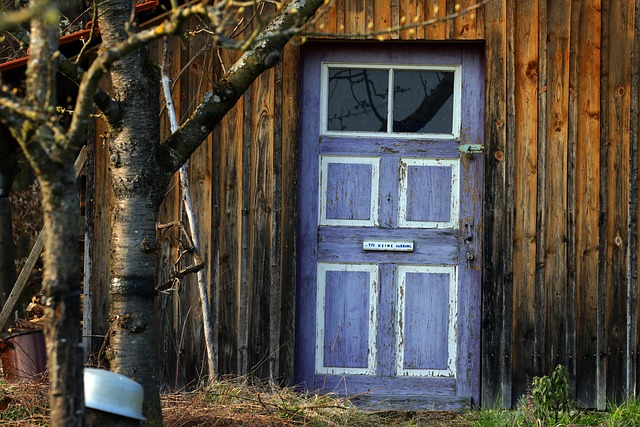
When designing farm sheds for optimal livestock care in Riverina NSW, it is imperative to prioritize efficiency and functionality throughout the layout. The best practices in farm shed design begin with a clear understanding of the specific needs of the animals housed, as well as the seasonal variations in climate and weather patterns characteristic of the region. A well-ventilated space that allows for adequate airflow is crucial for maintaining a healthy environment, reducing humidity, and controlling ammonia levels from animal waste. Natural lighting should be maximized to not only provide a more comfortable living space but also to reduce dependency on artificial lighting, which can significantly lower operational costs.
In addition to ventilation and lighting, the layout must incorporate elements such as easy access for feeding, watering, and animal movement. This includes strategically placed feeders and troughs that minimize waste and encourage healthy feeding behaviors. The placement of manure handling systems should be considered to facilitate efficient and hygienic collection and disposal processes. Moreover, incorporating adequate space for bedding and ensuring there is sufficient room for animals to move and lie down comfortably without overcrowding is essential. By adhering to these design principles, Riverina’s farm sheds can provide a superior living environment that supports the health and productivity of livestock year-round, thereby enhancing the overall efficiency of the farming operation.
Technological Integration: Automated Systems and Innovative Features in Modern Riverina Farm Sheds
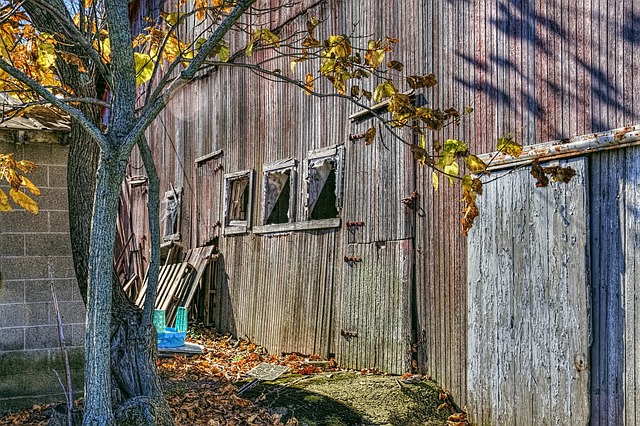
In recent years, the integration of technology into Riverina’s farm sheds has revolutionized the way livestock is managed and cared for. Modern farm sheds in this region are now equipped with automated systems that enhance productivity, efficiency, and animal welfare. These advanced sheds feature climate control systems to maintain optimal conditions for the animals, reducing stress and improving health outcomes. Innovative features such as automated feeding and watering systems ensure a consistent supply of nutrients and hydration for the livestock, minimizing manual labor and the potential for human error. Additionally, these smart farm sheds incorporate data monitoring tools that track key metrics like temperature, humidity, and air quality, providing valuable insights into the animals’ environment and informing real-time adjustments to maintain peak performance and health. The adoption of these cutting-edge technologies not only streamlines operations but also aligns with sustainable practices by optimizing resource use and reducing the environmental footprint of farming activities in Riverina NSW.
Furthermore, the integration of sensors and IoT (Internet of Things) technology allows for remote monitoring and management of farm sheds, enabling farmers to make informed decisions from anywhere at any time. This level of connectivity and control means that issues can be quickly identified and addressed, preventing potential problems before they escalate. The use of AI-driven analytics further enhances the capabilities of these modern Riverina farm sheds by predicting trends and behaviors, thus enabling proactive rather than reactive management strategies. These technological advancements represent a significant leap forward in the agricultural sector, positioning Riverina as a leader in innovative farming practices that balance tradition with technology.
Case Studies: Successful Farm Shed Implementations and Lessons Learned in the Riverina Region
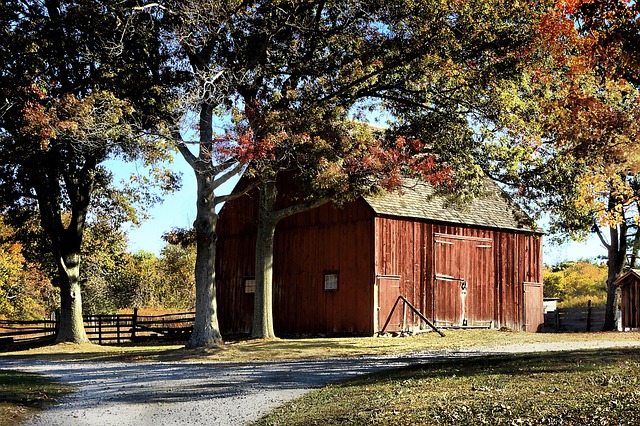
In the expansive and fertile plains of Riverina, New South Wales, farm sheds play a pivotal role in supporting sustainable livestock operations. A case study of successful farm shed implementations reveals that optimizing these structures for functionality, durability, and efficiency is key to their effectiveness. For instance, a local sheep station adopted innovative roofing materials that reflect heat and reduce energy consumption for cooling. This modification not only extended the lifespan of the sheep but also led to significant cost savings on utility bills. Similarly, a cattle farm introduced a controlled-environment shed that regulated temperature and humidity, drastically reducing the incidence of illness and mortality rates among their herd. These examples underscore the importance of investing in high-quality farm sheds tailored to the local Riverina climate and livestock needs.
Another successful implementation involved a dairy farm that integrated advanced ventilation systems in their milk parlor shed, enhancing cow comfort and milk quality. This upgrade led to increased milk production and improved herd health, demonstrating the direct correlation between shed design and operational efficiency. The lessons learned from these case studies emphasize the need for ongoing research and adaptation of farm shed designs to the specific environmental conditions and livestock requirements of the Riverina region. By leveraging local expertise and the latest agricultural technology, farmers can ensure their livestock sheds not only meet the immediate needs but also contribute to long-term sustainability and profitability.
In conclusion, Riverina’s best livestock sheds are a testament to the region’s commitment to modern agriculture and sustainable practices. From selecting the most durable materials—steel outperforming timber in Riverina’s unique climate—to adopting efficient designs that cater to the specific needs of livestock, these structures represent the pinnacle of farm shed innovation in NSW. Integrating advanced systems and features not only enhances productivity but also aligns with the environmentally conscious ethos of today’s farmers. The case studies presented underscore the practical benefits of such investments, highlighting how thoughtful planning and technological integration can lead to successful outcomes. As a result, Riverina’s premier farm sheds serve as models for agricultural excellence across Australia. Farmers looking to upgrade their facilities would do well to consider these insights when designing their own livestock sheds.
